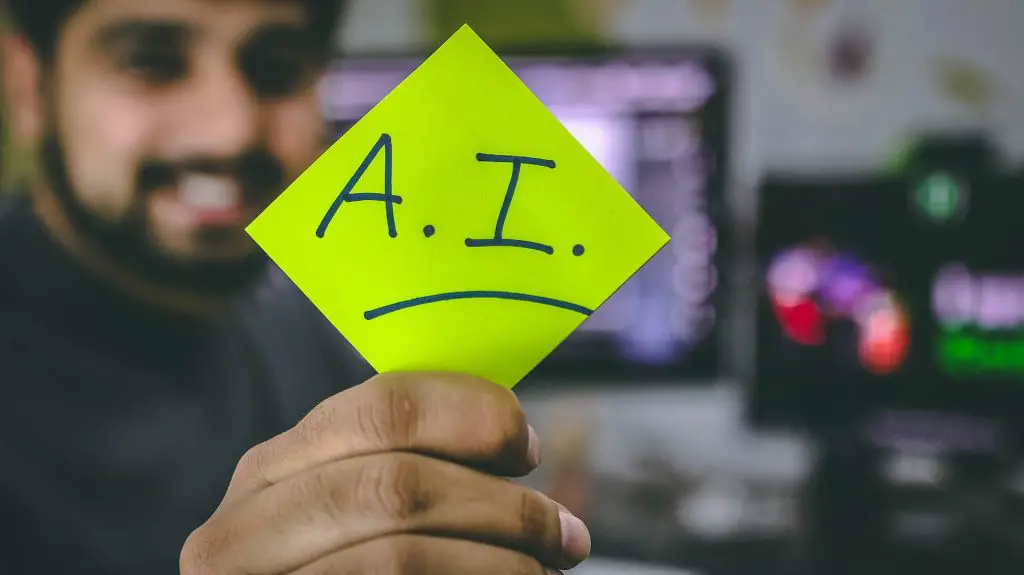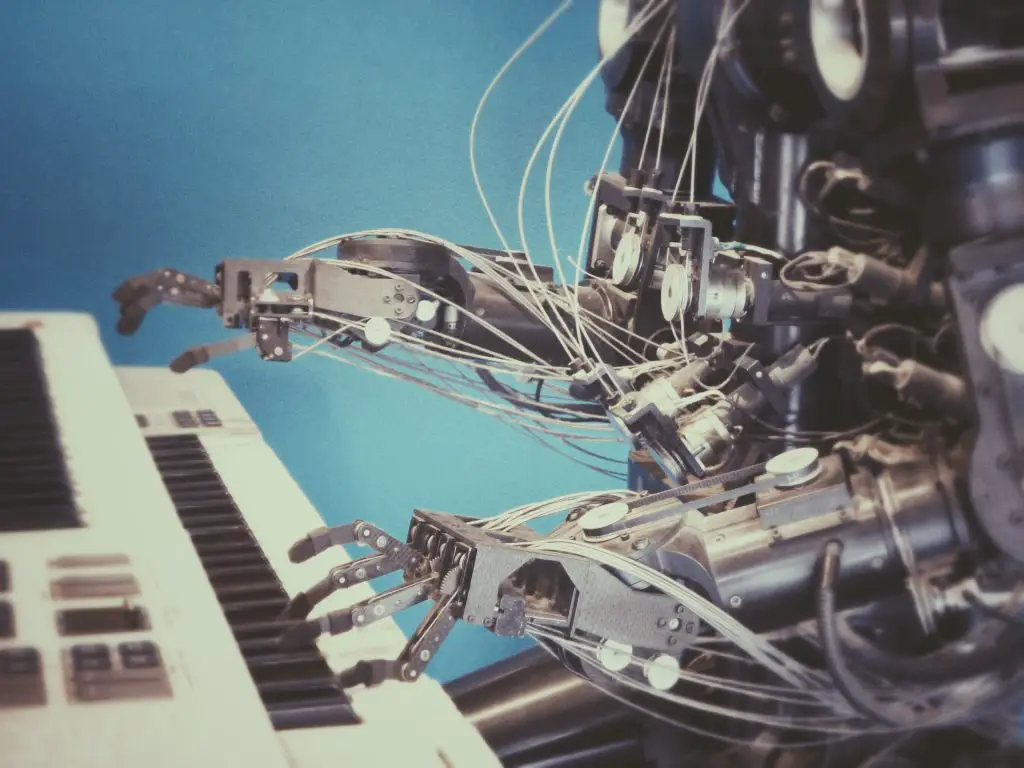Learn how to – How Could Artificial Intelligence Put Humans Out Of Work.

Artificial intelligence is being increasingly utilized in various industries and job sectors. While AI has the potential to streamline processes, improve efficiency, and create new job opportunities, it also can replace specific tasks traditionally performed by humans, ultimately putting people out of work.
When it comes to earning a living, this is cause for concern. Let’s take a look at some of the ways AI is taking over people’s jobs and potentially putting humans out of work:
Customer Service
One of the ways AI is taking over human-based positions is through online customer service roles. AI chatbots and virtual assistants are employed to handle customer inquiries, provide support, and perform basic troubleshooting tasks. While AI chatbots can streamline these processes quicker than ever, they can also reduce the need for human customer service representatives due to their sophistication and scalability.
Specifically, AI chatbots are becoming more advanced in their ability to personalize customer interactions by employing natural language processing techniques. Essentially, this means that it could become harder to differentiate between AI-generated interactions and those shared by humans. This is evidenced by PIA’s blog piece, which recently highlighted that roughly 51% of people couldn’t identify AI-generated literary quotes to that from famous writers. This reiterates just how uncanny AI bots can be in their language processing skills to impersonate ultimately whoever they’d like.
Automation Of Mundane Tasks
Furthermore, AI and robotics can automate repetitive and mundane tasks, reducing the need for human labor. For example, in manufacturing, AI-powered machines can assemble products, perform quality control checks, and handle logistics.
Although AI algorithms can perform repetitive tasks faster and more consistently than humans with a higher degree of precision, the automation of repetitive tasks can also result in the ultimate displacement of human workers and technological risks such as system failure vulnerabilities and cybersecurity threats.
Vox has noted how instead of seeing AI as the enemy, we should treat this software as an asset to help us use our brains more effectively. The saying ‘sink or swim’ rings true here. AI is coming and here to stay, so what matters most is how workers respond and ultimately make the best of it to keep their jobs in the sector.

Data Analysis
As you’ve probably guessed, AI algorithms can analyze large volumes of data quickly and accurately. This has led to automating tasks like data entry, data processing, and data analysis, which humans previously did in finance, marketing, and market research.
Although those at Read Write have highlighted how such bots have helped make business programming easier, which has allowed humans to better concentrate on other pressing tasks, there are also risks associated with AI’s increasing involvement in this field. Some of these risks include:
- Data quality bias: AI models rely on training to draw insights from data. The AI system may produce inaccurate or biased results if the training is biased or low quality.
- Limited explanation and transparency: Some AI models operate as black boxes, making it difficult to understand how they arrive at their conclusions. This lack of transparency can make validating the reason behind the AI-generated insights challenging.
- Security risks: AI-driven data analysis involves the processing and storage of large amounts of sensitive information. If AI systems are not properly secured, they can become targets for unauthorized access, leading to data breaches and privacy violations.
To mitigate the risks above, it is crucial to implement responsible AI practices such as ensuring representative training data and involving human experts in the decision-making process when needed.
A New World With AI
As the world evolves and modernizes, it’s imperative not to fear the future and what AI might bring to the workforce.
While AI may replace specific jobs, it also has the potential to create new ones. As technology advances, new roles and professions will emerge, requiring humans to work alongside AI systems and maintain them. So, if you can’t beat them, why not join them?
Leave a Reply
You must be logged in to post a comment.